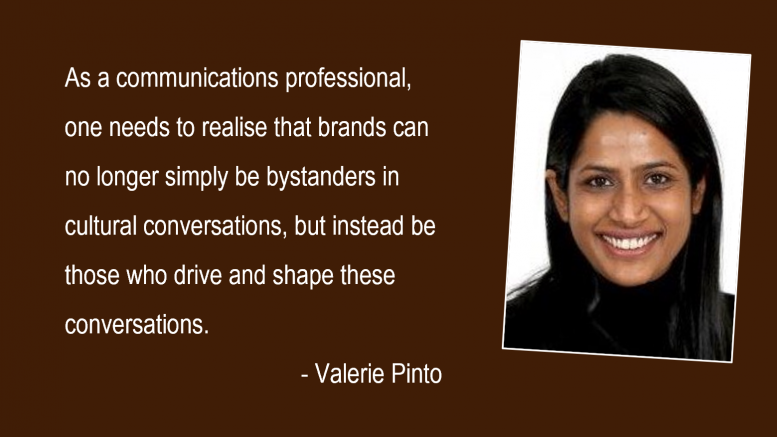The world has undergone a paradigm shift over the past two years, be it in terms of work or culture, the kind of content consumed, or the mediums used for content consumption. Hence, it is undoubtedly time for the PR space to embrace this shift
The PR space is now dealing with an audience that has access to a vast expanse of information and are using it wisely to pick and choose the narratives they believe in. With the advent of a digitally-enabled world, PR is no longer limited to conducting media specific activities. It is about finding the convergence of tech, media, society, and policy, and using this convergence to derive stories that shape brands from such.
Data lies at the heart of communicating the right message to the right audience.
It’s crucial for communicators to have the ability to understand and absorb data and translate them into strategic actions. But that’s not all. The need for communicating data correctly is also essential to bridge the gap between those who work with data and the hardcore communicators of the world. One is expected to distill and dissect huge amounts of data and translate it into contextual information that is crisp and concise. It’s important to bring in data early in the planning process and also learn to get rid of confirmation bias.
Finally, it is about using the available tools and making them serve the purpose. With the help of tools, one must look at what is causing a very positive sentiment and what is causing a very negative sentiment – understand the extremes and then understand what will bring out these sentiments from the audiences, and curate your narrative accordingly.
Being in-culture.
Creativity is the currency of any effective communication, and one needs to move from just being media-facing. It is time to be in-culture. This demands positioning oneself at the intersection of society, technology, media, and policy, to become storytellers who thoroughly understand local nuances and insights and use this to connect brands with their customers effectively.
As a communications professional, one needs to realise that brands can no longer simply be bystanders in cultural conversations, but instead be those who drive and shape these conversations. So instead of simply observing culture, brands should be built to impact it.
Omnichannel communications and multimedia content are the way to your audience’s heart.
Modern customers prefer to interact and communicate through multiple channels and the advent of the pandemic has only heightened that need. People are now clamoring for convenience and don’t want to have to change devices to access content. A successful communications plan is all about meeting your customers where they are in the customer journey, on the platform they are present on, and understanding the optimal ways to seize their attention.
With the idea to build campaigns that are immersive, AR is also taking center stage in communications strategy. The experiential element that AR adds to a communication, imprints the minds of the consumer, and leaves them with a long-lasting impression of a brand.
Brand advocacy translates to brand loyalty
PR is evolving in tandem with the shifting social climate. There is an intense focus on brand values and meaningful actions. Amid pronounced social shifts, brands are responding with campaigns that emphasise civic responsibility and wield their influence to form a tolerant society. A brand that makes a difference, is a brand that garners consumer loyalty and brand affinity.
Personalisation, customisation, and contextualisation of brand message
The need of the hour is to implement contextualisation because it’s no more about what one says, but how one packages that message. One’s messaging and pitch are likely to get higher visibility and conversions if the press kit is built to suit the narrative of one’s target audience. This tactic can be used to learn more about your audience and drive better content discovery.
The views and opinions published here belong to the author and do not necessarily reflect the views and opinions of the publisher.
This article was first published in the PRAXIS 2022 special edition print magazine of Reputation Today.



Be the first to comment on "How PR must evolve if it intends to remain relevant"